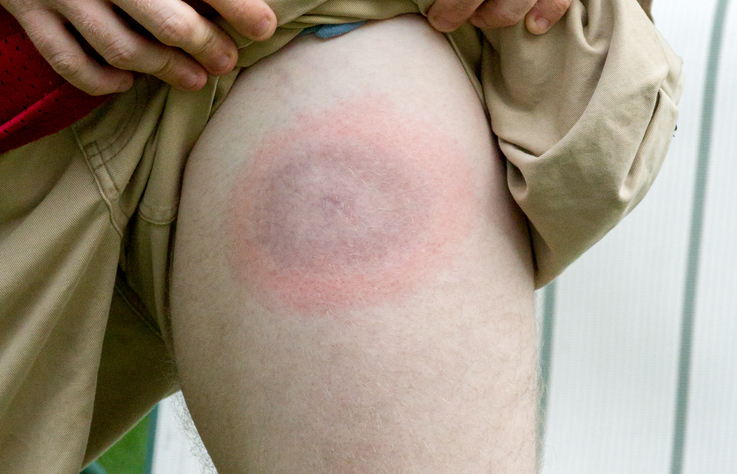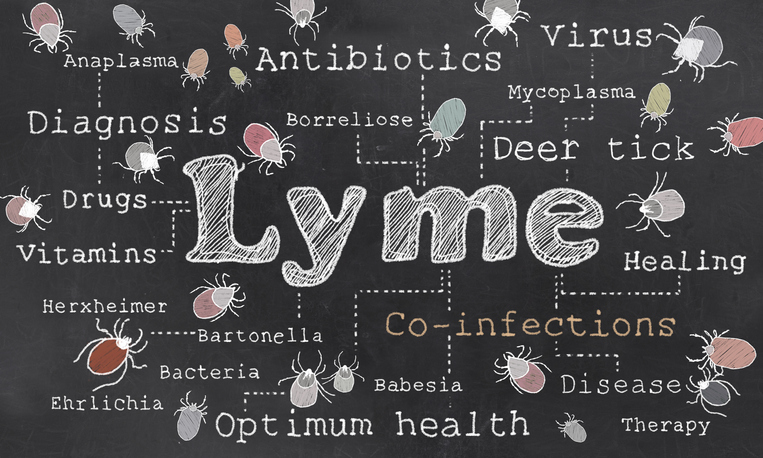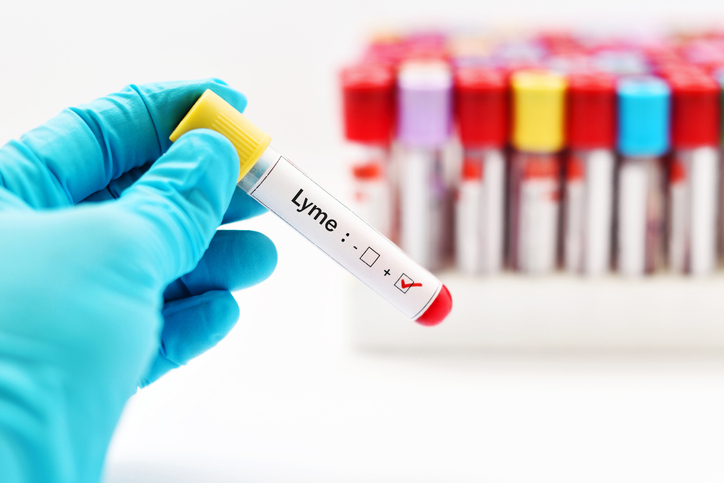Pain
Lyme Disease Treatment

What medications are used to treat Lyme disease?
When Lyme disease is diagnosed in the early stages, oral antibiotics are the first line of treatment and are generally sufficient in eliminating the disease. The most commonly prescribed oral antibiotics to treat Lyme disease are doxycycline, cefuroxime, axetil and amoxicillin. These medications are taken two to three times per day for approximately 20 days.
When Lyme disease is diagnosed in the later stages or when the central nervous system is affected, intravenous antibiotic treatment is usually prescribed. Two commonly prescribed intravenous antibiotics are ceftriaxone and penicillin. These are typically prescribed for 20 to 28 days.
What are the side effects and risks of treatment?
Oral antibiotics
Side effects that may occur with the use of oral antibiotics (doxycycline, cefuroxime, axetil and amoxicillin) prescribed to treat Lyme disease include, but are not limited to, the following:
- Abdominal pain
- Diarrhea
- Fever
- Headache
- Nausea or vomiting
- Painful urination
- Rash
A rare, but very serious, allergic reaction (anaphylaxis) to oral antibiotics may occur. Emergency medical attention is required if shortness of breath, trouble breathing, trouble swallowing or swelling of the throat, mouth, face or hands occurs after taking the medication.
Doxycycline may cause the skin to be more sensitive to sunlight than usual. Exposure to sunlight should be limited, and protective clothing and sunscreen should be used when outdoors.
Birth control pills may not work properly while taking any antibiotic. Alternative forms of birth control, such as condoms or diaphragms, should be used to prevent pregnancy while taking an antibiotic and for a full cycle after ceasing treatment with an antibiotic.
Intravenous antibiotics
The side effects of intravenous antibiotics (ceftriaxone and penicillin) used to treat Lyme disease include, but are not limited to, the following:
- Diarrhea
- Fever
- Joint pain
- Lightheadedness or fainting
- Rash
- Sores on the lips or in the mouth
- Swollen glands
Intravenous antibiotics also pose a risk for an anaphylactic allergic reaction. As with oral antibiotics, emergency medical attention is essential if any symptoms of an allergic reaction occur.
Ceftriaxone may cause pancreatitis. Symptoms of pancreatitis include sudden, severe stomach pain, fever, constipation, nausea, vomiting and lightheadedness. A physician should be contacted if these symptoms are present during ceftriaxone treatment.
Intravenous antibiotic treatment has an added risk of lowering white blood cell counts, making the body more prone to infection caused by other antibiotic-resistant organisms unrelated to Lyme disease.
People who are treated as early as possible with appropriate antibiotics usually fully recover from Lyme disease.
















